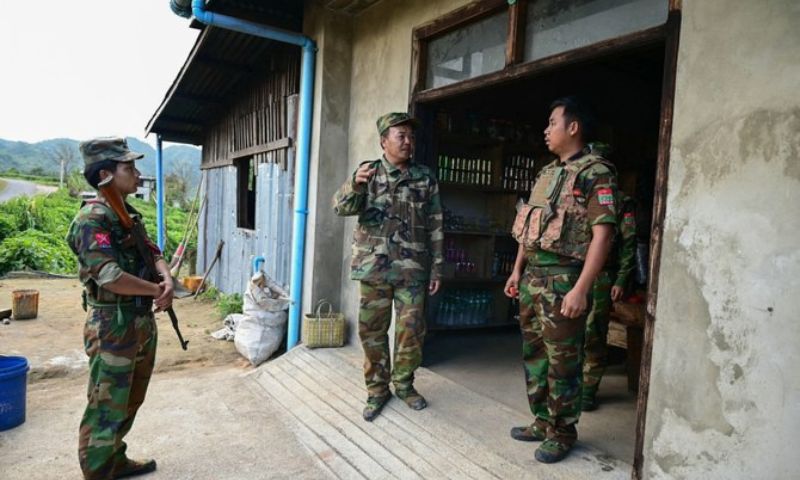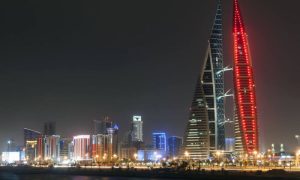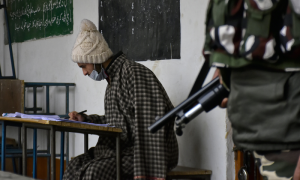BANGKOK: The Myanmar National Democratic Alliance Army (MNDAA) on Saturday claimed the capture of a key regional military command in Lashio, northern Shan state. This seizure marks a major setback for Myanmar’s military junta, which has faced intensifying resistance from various ethnic armed groups since the 2021 coup.
The MNDAA, an ethnic minority armed group, said that its fighters have “fully captured the headquarters of the northeast military command” in Lashio. The statement follows weeks of fierce clashes that have severely impacted the region, a crucial trade corridor to China.
The fighting in Lashio, a city normally home to about 150,000 residents, has been ongoing since early July when the MNDAA renewed its offensive against the junta.
According to a military source who spoke to AFP on condition of anonymity, “soldiers who have been resisting for weeks inside the northeastern command started retreating this morning.” The source did not provide details on whether any troops remain at the regional command post.
The capture of the Lashio command is notable as it represents the first time during the current conflict that the military has lost control of a regional command since the coup over three years ago.
Myanmar’s military is structured into 14 regional commands, spanning from the northern Himalayan foothills to the southern delta region. Many of these commands are currently engaged in battles with established ethnic armed groups and newly formed “People’s Defence Forces,” which have emerged in response to the junta’s rule.
The MNDAA’s success in Lashio follows a broader offensive that began late last year, during which the group and its allies managed to seize Laukkai, a city near the China border. This earlier victory led to the surrender of approximately 2,000 junta troops, marking one of the military’s most significant defeats in decades.
Recent clashes in Shan state have resulted in several civilian casualties, with reports from both the junta and local rescue groups indicating that dozens of people have been killed or injured.
Myanmar’s border regions are known for their complex tapestry of ethnic armed groups, many of whom have been in conflict with the central government since the country’s independence from Britain in 1948. These groups have long sought greater autonomy and control over valuable resources.























